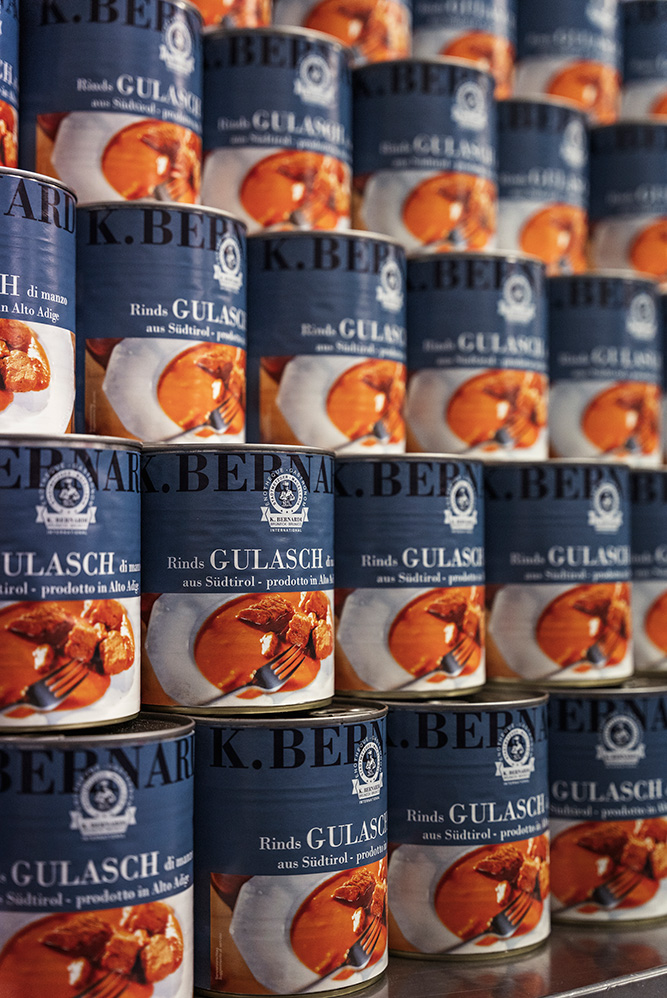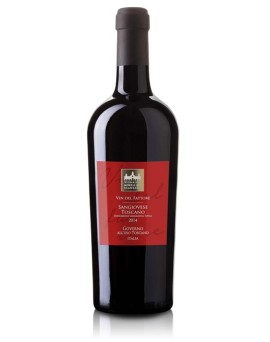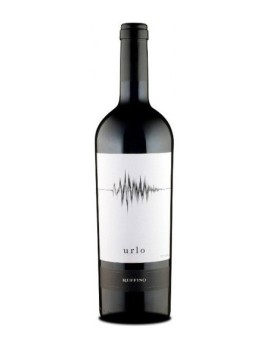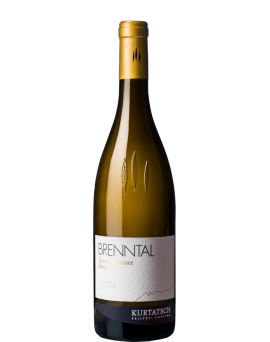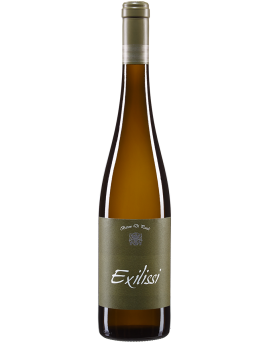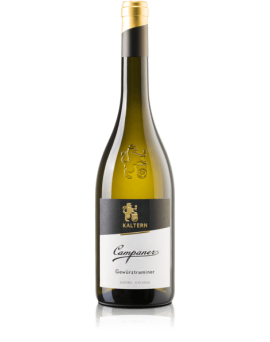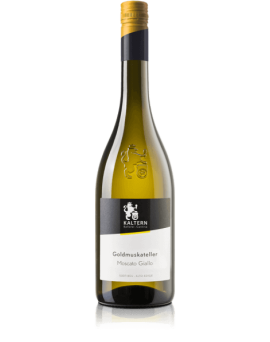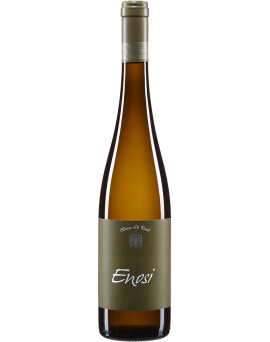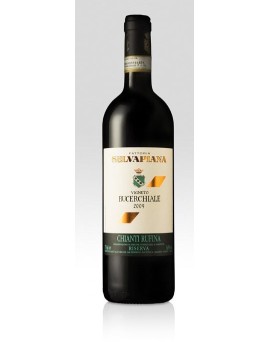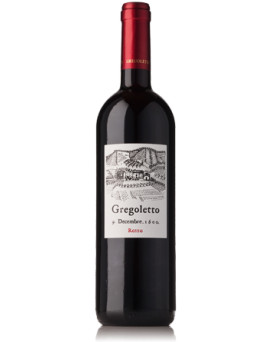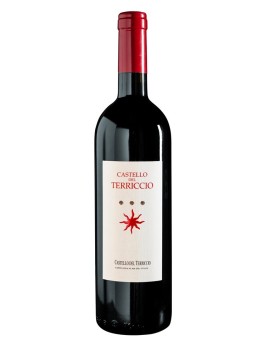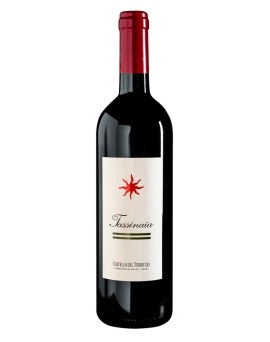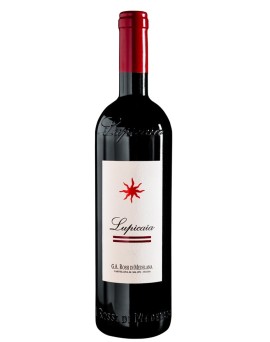RT IGT 2021 Governo Toscano...
The Sangiovese<br />Vin del Fattore is a modern take on the Governo technique used in Tuscany by drying part of the grapes in crates at a controlled temperature.<br /><br />Grapes: Sangiovese 95%, Ciliegiolo 5%.<br />Training system: spurred cordon<br />Planting density: 4000 vines/hectare<br />Soil type: sandy loam<br />Altitude: between 60 and 90 metres a.s.l.<br />Age of vineyards: 5-10 years<br />Harvest time: mid-September for Ciliegiolo, early October for Sangiovese<br />Method of fermentation: The Sangiovese grapes are harvested by hand into small perforated crates and dried in cold rooms until they lose 15% of their weight. Vinification of<br />the Sangiovese grapes at low temperature (max. 27°C) with maceration on the skins for 4-6 days, racking and end of fermentation without further contact with the skins.<br />After about 4 weeks of drying, the Ciliegiolo grapes are pressed and, once full fermentation is reached, the previously vinified Sangiovese is added. Fermentation proceeds<br />until the sugars are almost completely depleted; malolactic fermentation starts naturally at the end of primary fermentation.<br />Maturation: in steel for three months on the fine lees.<br />Bottling: in the month of May following the harvest.<br />Ageing potential: to be drunk young, within 2-4 years after harvesting.<br />Description: Sangiovese Toscano IGT Vin del Fattore is an elegant ruby red wine, with pleasant notes of red fruits (plums, blackberries and cherries) and hints of spices.<br />Medium structured and dry, round on the palate with an elegant fruity finish and round tannins.<br />Food pairing: Perfect with cured meat starters, first courses with meat sauces and main courses.<br />Serving temperature: 16°C<br />Ideal glass: a large Bordeaux-type goblet.<br />
Price
€12.20

